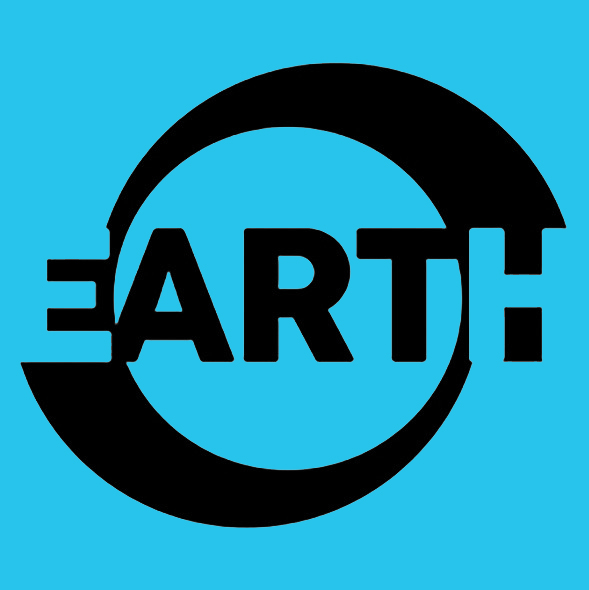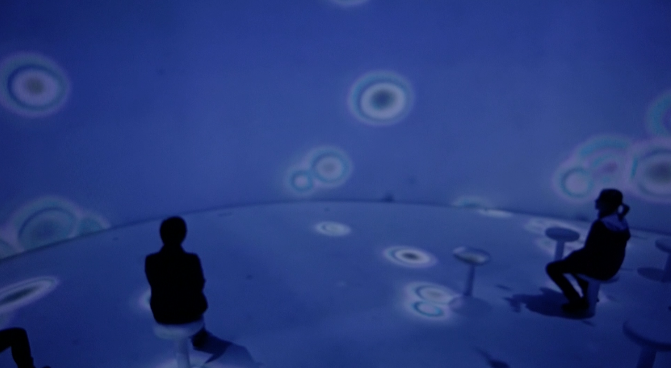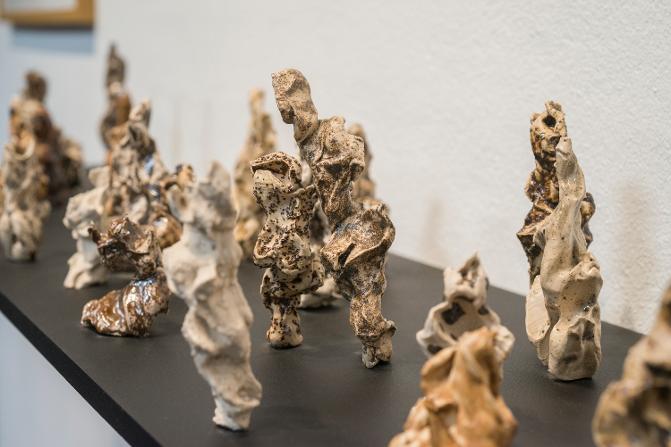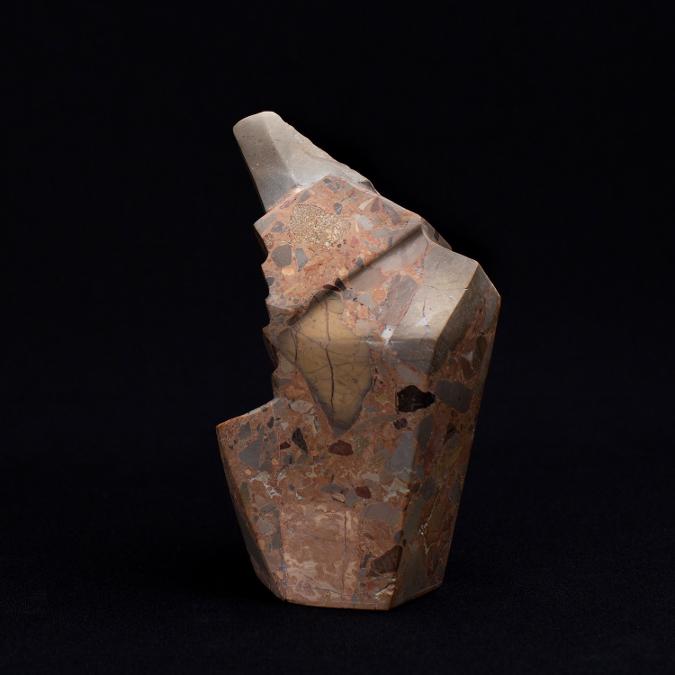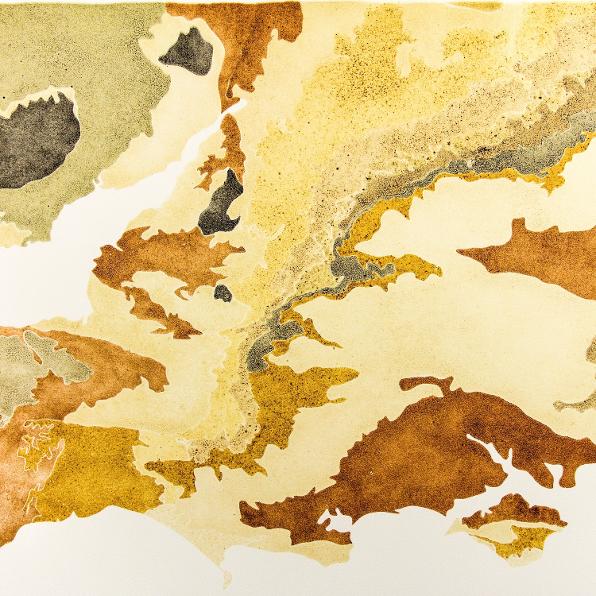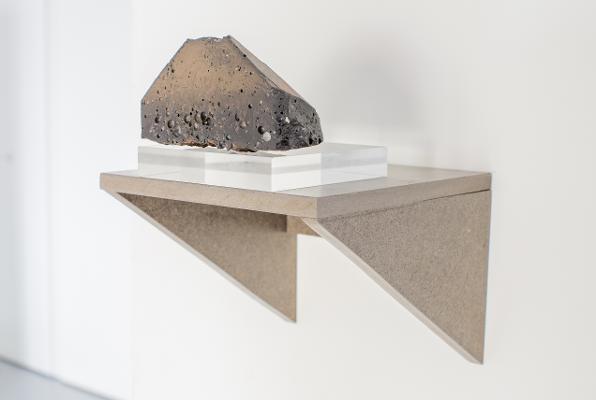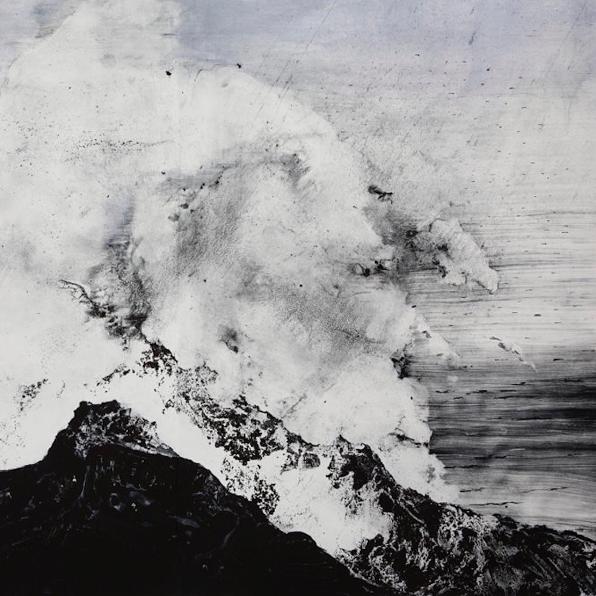Charlie is an artist and academic based in Bristol with a particular interest in using digital media to interrogate the human desire to control the natural world using various forms of technology and systems of management. His EarthArt fellowship explored life forms of the Deep Biosphere, the mysterious subterranean world that is home to almost one sixth of Earth’s living matter. Charlie’s collaboration with Tom Williams in the School of Biological Sciences and Heather Buss in the School of Earth Sciences culminated in a new science fiction film, Notes from the Subsurface, that premiered in the Earth Gallery in January 2020.
Olivia is a visual artist exploring the behavioural characteristics and structural potential of materials, objects and phenomena within landscapes. She used her EarthArt fellowship to develop her interest in volcanic ash through collaboration with Earth Sciences’ Volcanology Research Group. Her 2019 exhibition, Tephra: Order in the Dust, explored the great variety of material (‘tephra’) ejected by a volcano during an eruption. The material itself became an important part of the production of new works, including drawings of microscopic images of ash particles, ceramic sculptures created using ashes collected by Bristol volcanologists, and glazes fashioned from volcanic ash.
Alice is a visual artist whose practice includes performance, video, mixed media, and sculpture. Her EarthArt fellowship, jointly funded by the Cabot Institute, built on conversations with climate researchers across the University. Alice’s 2019 exhibition, What does climate change look like? explored social, physical and political aspects of climate change through artworks fashioned from local Cotham Marble limestone and Triassic strata from Aust Cliff, as well as marble sculptures created on a previous project in Pietrasanta, Italy. Alice coordinated a subsequent panel discussion, under the same title, that drew together speakers from the fields of social science, travel writing, and UK parliament.
Rodney is a sculptor and printmaker, and co-founder of the Earth Gallery. His EarthArt fellowship, jointly funded by the Brigstow Institute, addressed political, social, cultural and environmental implications of our relationship with the sea. Through conversations with academics from the departments of Earth Sciences, Biological Sciences, Law, Anthropology, English Literature, and Chemistry about their research on the sea, Rod created an exhibition, The Invisibility of the Sea, in the Earth Gallery (October 2017) that involved artwork, scientific apparatus, marine fossils and texts. The exhibition subsequently travelled aboard the MV Balmoral on its summer cruise around the waters of the UK.
Milo is an artist working with photography, sound recordings and written texts to explore environmental narratives through an examination of landscape histories, memory and place. Working with Claudia Hildebrandt, curator of Earth Sciences’ scientific collections, Milo uncovered archive material from a 1938 expedition by Donald Ashby, a young Bristol University lecturer in Geology, to remote, volcanic Arctic island of Jan Mayen. Milo’s resulting reinterpretation of scientific papers, maps, photographs and rocks from the expedition led to a small volume, The Mapping of Jan Mayen, launched through a series of three readings in the Geological Collections storeroom of the University during April 2019.
Jo makes sculptures and large-scale installations that respond to a particular site, event, material or process. Geologists melt rocks in the laboratory to better understand Earth’s interior and how volcanoes work. Through collaboration with experimental petrologist Mike Walter, Jo used her EarthArt Fellowship to research the possibilities of shaping and casting molten rock as an art form. Adapting skills acquired from her background in metal casting, Jo’s 2016 exhibition, Is it Magma?, included sculptures created by heating up andesite, a type of igneous rock, to a molten state and then pouring it into bespoke moulds.
Emma works primarily in drawing and print on paper to depict natural environments undergoing transformation, such as the polar regions, volcanoes, deserts, coastal and urban locations. Through collaboration with volcanologists, Kathy Cashman and Steve Sparks, Emma produced an Earth Gallery exhibition, Volcanic Landscapes (2016), of artworks depicting volcanic eruptions and landforms on the islands of Stromboli, Hawaii, and Iceland. Works from this exhibition travelled subsequently to Eton College’s Verey Gallery and Rochester Art Gallery. Together with Kathy, Emma highlighted some of her work on art-science collaboration at Bristol in a presentation to the 2015 American Geophysical Union meeting in San Francisco.
